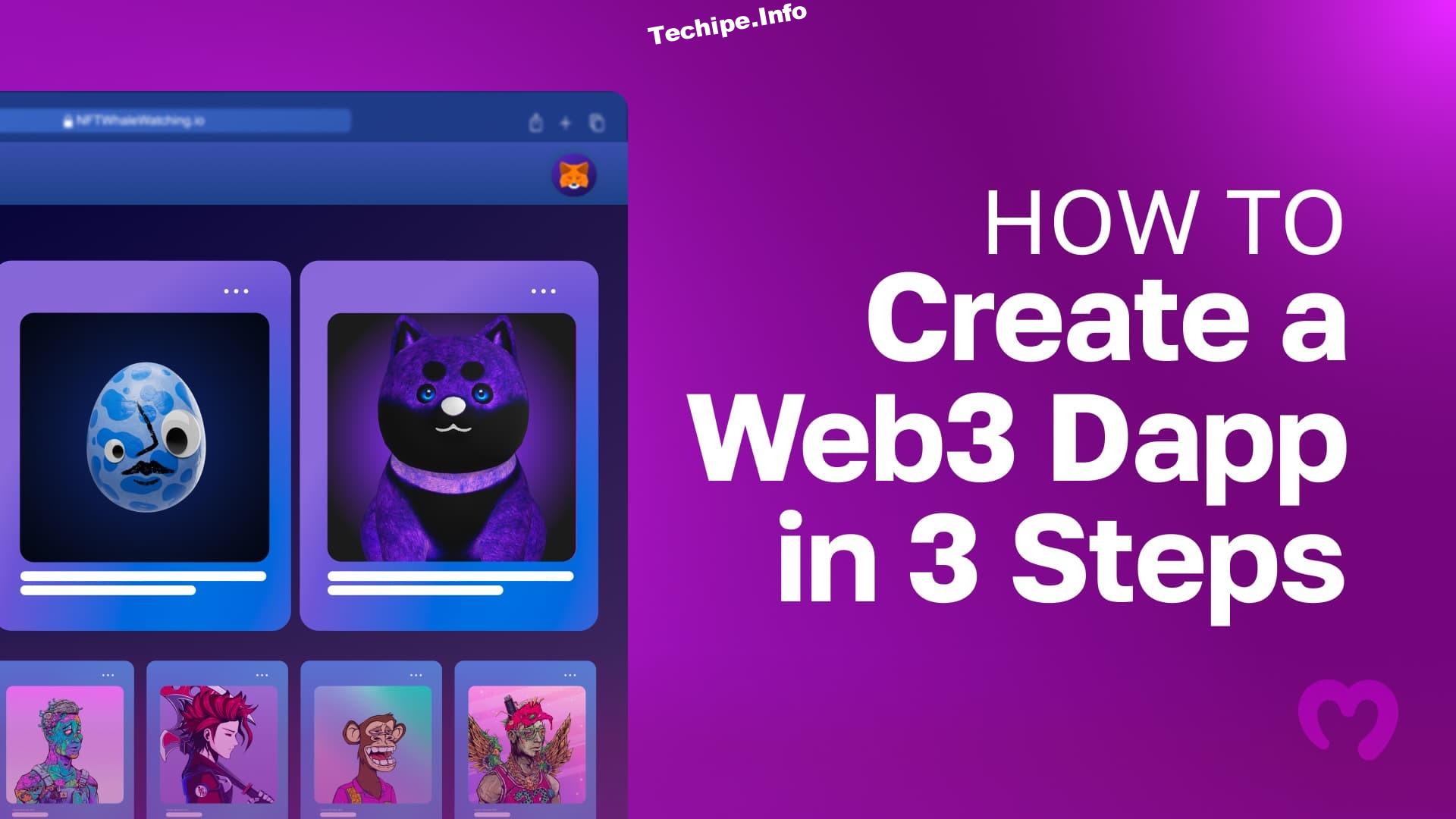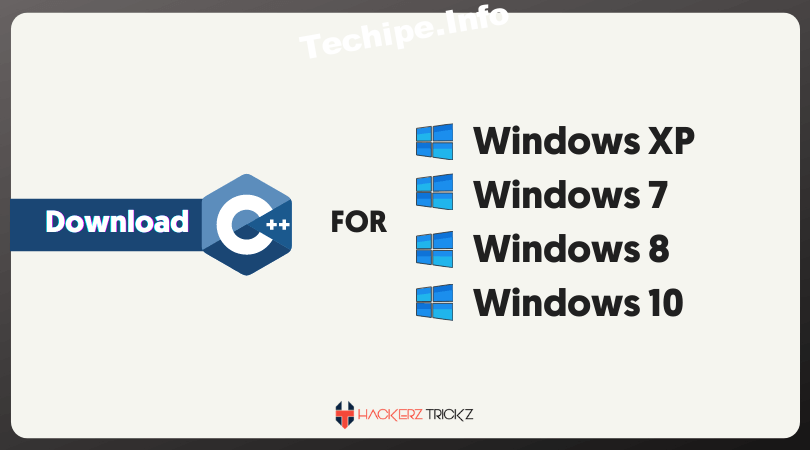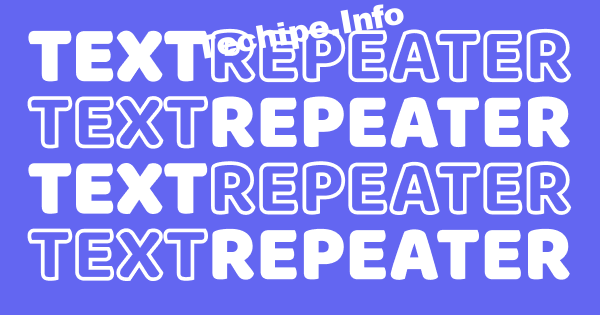Introduction
We will explore the How to Create a Web3 dApp. In recent years, the rise of blockchain technology has ushered in a new era of decentralized applications, commonly known as dApps. With the emergence of Web3 protocols, dApps have gained significant attention due to their transparent, secure, and decentralized nature. In this article, along with tips for successful development and a glimpse into the future of this exciting technology.
Understanding Web3 and dApps
What is Web3?
Web3 refers to the third generation of the internet, which is focused on decentralization and blockchain integration. Unlike the traditional Web2, where most applications and data are controlled by centralized entities, Web3 leverages blockchain technology to enable peer-to-peer interactions and smart contracts. This paradigm shift empowers users with more control over their data and digital assets.
What are dApps?
Decentralized Applications (dApps) are software applications that operate on a blockchain network. These applications are not controlled by a single authority, making them resistant to censorship and tampering. dApps leverage smart contracts to execute predefined rules and agreements, enabling trustless interactions between users.
Advantages of Web3 dApps
Decentralization and Security
One of the key advantages of Web3 dApps is their decentralized nature. Traditional applications often store data on centralized servers, making them vulnerable to data breaches and hacks. With dApps, data is distributed across the blockchain network, reducing the risk of single points of failure.
Enhanced Transparency
Transparency is a fundamental characteristic of blockchain technology. Web3 dApps provide users with transparent and auditable transactions, ensuring that every action on the platform is visible on the blockchain.
Reduced Intermediaries
Web3 dApps enable direct peer-to-peer interactions without the need for intermediaries like banks or payment processors. This not only reduces transaction fees but also expedites the process, making it more efficient.
Steps to Create a Web3 dApp
Define Your dApp’s Purpose and Objectives
Before diving into development, clearly define your dApp’s purpose, target audience, and objectives. Understanding your users’ needs will help you design a more user-friendly and relevant application.
Choose the Right Blockchain Platform
Selecting the appropriate blockchain platform is crucial for your dApp’s success. Consider factors such as scalability, security, and developer support when choosing between platforms like Ethereum, Binance Smart Chain, or Solana.
Designing the User Interface
A well-designed user interface is essential for a positive user experience. Keep the interface simple, intuitive, and visually appealing to attract and retain users.
Smart Contract Development
Smart contracts form the backbone of your Web3 dApp. Code them carefully, ensuring security audits are conducted to avoid vulnerabilities.
Integrating Frontend with Smart Contracts
Integrate the frontend of your dApp with the smart contracts to enable seamless interactions between users and the blockchain.
Testing and Deployment
Thoroughly test your dApp for bugs and issues before deployment. Choose the right network for deployment and ensure that it is ready for public use.
Tips for Successful Web3 dApp Development
Keep It User-Friendly
Ensure that your dApp is user-friendly and accessible to a wide audience, even those unfamiliar with blockchain technology.
Prioritize Security and Auditing
Security should be a top priority when developing a Web3 dApp. Regularly audit your smart contracts and implement security best practices.
Embrace Scalability
With blockchain technology still evolving, scalability is crucial for dApps’ success. Consider solutions like layer 2 protocols to enhance scalability.
Ensure Cross-Platform Compatibility
Make your dApp compatible with different devices and browsers to maximize its reach and usability.
Marketing and Launching Your Web3 dApp
Building a Community
Create a community around your dApp through social media, forums, and online events. Engage with potential users to build interest and trust.
Leveraging Social Media and Influencers
Utilize social media platforms and collaborate with influencers to create awareness about your dApp.
Hosting Airdrops and Bounty Programs
Offer airdrops and bounty programs to incentivize users to try and promote your dApp.
Releted Post: Bkash to Nagad Money Transfer – A Convenient and Secure Way to Send Money
The Future of Web3 dApps
The future of Web3 dApps looks promising, with the potential to disrupt various industries. As blockchain technology evolves, we can expect more innovative use cases and widespread adoption.
Conclusion
How to creating a Web3 dApp is an exciting journey that combines cutting-edge technology with user-centric design. By following the outlined steps and embracing the principles of Web3, developers can contribute to a more decentralized and transparent digital world.
FAQs
Are Web3 dApps completely free from intermediaries?
While Web3 dApps reduce the need for traditional intermediaries, some services may still require third-party integration.
Can I build a Web3 dApp without any coding knowledge?
Developing a Web3 dApp typically requires programming knowledge, but you can collaborate with developers to bring your ideas to life.
How long does it take to create a Web3 dApp?
The development timeline depends on the complexity of the dApp and the experience of the development team. It can range from a few weeks to several months.
Is blockchain technology secure for storing sensitive data?
Blockchain technology is considered secure due to its decentralized and immutable nature, making it challenging for hackers to tamper with data.







Leave a Reply